What family does beet belong to, its types and varieties, properties, use in cooking
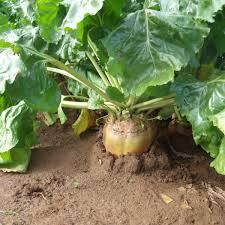
Beetroot is a fairly common plant; it is considered a valuable food product; without it it is impossible to cook delicious borscht or prepare a vinaigrette; it is a component of numerous dietary salads. What is this vegetable, what beneficial substances does it contain?
Content:
- What family does beet belong to?
- Description of species
- Technology of growing sugar beet, white fodder, red
- Composition of root vegetables
- Beetroot - description, benefits and harms of the vegetable
- Use in cooking
- Raw beets, boiled, beet juice - how they are used in folk medicine
Which family does it belong to?
The classification of plants is dealt with by the branch of botany, taxonomy. She describes the relationship between species and gives them names. Plants are combined into groups according to the degree of relationship and divided according to the structure of the flower, seed, the presence of certain organs and tissues, and some other characteristics.
In modern science, plants are classified as follows: kingdom - phylum - division - class - order - family - genus - species (variety). Genus Beet belongs to the family Amaranthaceae and is divided into several varieties.
Description of beet types
The plant is divided into 13 species, of which only 2 are cultivated:
Beetroot
Annual or biennial with a fibrous or taproot system.The root is thickened and branched, the leaves are wide and large with fleshy petioles.
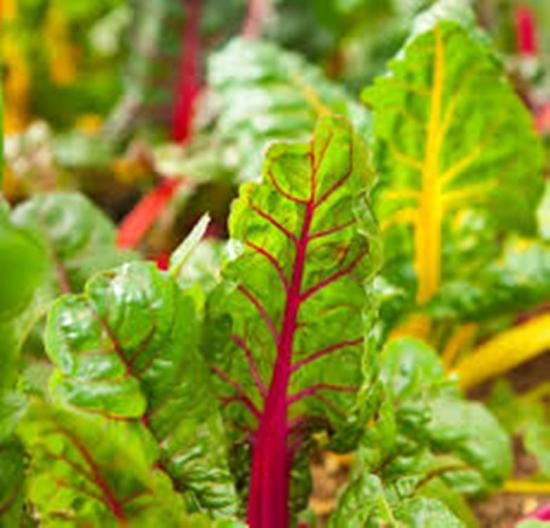
Beet ordinary
There are 3 varieties:
- Fodder - large smooth root vegetables weighing about 10 kg. They come in different colors and shapes. Juicy unsweetened vegetable. The leaves are medium or large.
- Sugar beet - white beets with a cone-shaped rough root crop. It has a white dense core with a large amount of sugar and low juice content.
- Dining room is a vegetable with dark red root vegetables.
The dining room is also divided into 3 types:
- vindifolia: green leaves and stalks, branched cone-shaped roots;
- rubrifolia: red leaves, spherical or cone-shaped roots with a dark red core;
- atrorubra: dark red roots, dark green leaves with red petiole.
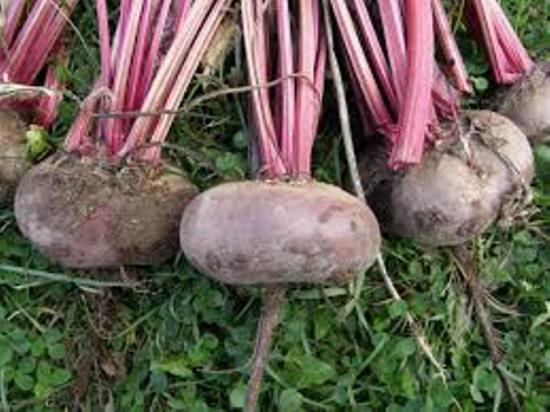
The most common, 3rd variety has 4 varieties:
- Egyptian: flattened root vegetables weighing up to 0.5 kg with a rich red skin, a purple-tinged core, small dark green heart-shaped leaves with scarlet veins and stems.
- Bordeaux: spherical or oval-shaped roots, burgundy core, long green leaves with pinkish petiole.
- Eclipse: dark red spherical roots, light green leaves with red petioles.
- Erfurt: dark red elongated branched roots with a lot of sugar and dry matter, green leaves with burgundy veins and cuttings.
Each plant variety has many varieties and hybrids with characteristic features.
Growing technology
To achieve a good harvest, you need to properly prepare the beds. The vegetable does not like acidic soil. It prefers light and loose soil consisting of sand, turf and humus.The land is also fertilized peat. Preference should be given to beds where cucumbers, potatoes or cabbage previously grew.
The plant should not be planted in the same place two years in a row.
Reproduces seeds. Before planting, the seed should be disinfected and revived. To do this, it is placed in a warm manganese solution for 30 minutes, then wrapped in a damp cloth and left in a warm place for 48 hours.
Planting is done in spring, when the temperature is 15-18 0C. Mid- and late-ripening varieties are planted in late spring. Some species are planted in late autumn.
Vertical or horizontal narrow furrows 3 cm deep are made in the garden bed. A distance of 40 cm is left between the rows. Seeds are placed in the furrows every 20-30 cm and covered soil.
In cold climates, seeds are first planted in a greenhouse or in boxes. After 2-3 leaves appear, the plants are transferred to open ground.
Proper care consists of regular watering, weeding and loosening. During the active growth phase, plants are watered twice a week in the morning or evening, then watering is reduced to once a week. 14 days before harvesting, soil moisture is stopped. The wet soil is loosened.
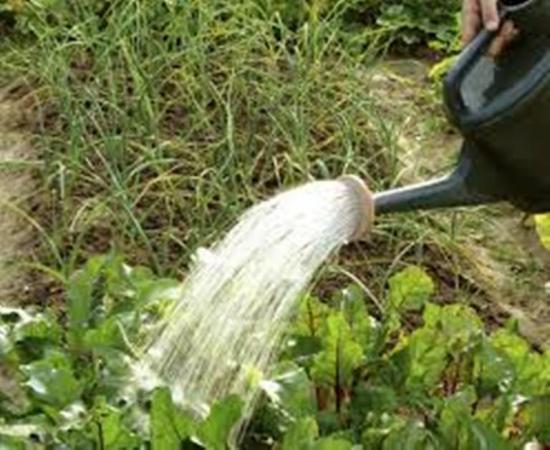
From each seed several seedlings grow. For the best harvest, they are thinned out, removing weak and damaged shoots.
After the first thinning, the plantings are fertilized with minerals. In the middle of the season, add ammonia saltpeter and potassium salt. To prevent softening, root vegetables are fed with manganese and boron.
You cannot fertilize the plant with manure. Otherwise, its taste and beneficial properties will suffer.
Composition of root vegetables
Beet rich in useful microelements. It contains vitamins A, C, E, PP, and B vitamins.The vegetable contains sodium, potassium, fluorine, chlorine, phosphorus, calcium, zinc and iron, etc.
The energy value of root vegetables is 42 kcal. The ratio of proteins, fats and carbohydrates is 1.5 g/0.1 g/8.8 g.
Beetroot, benefits and harms of vegetables
The benefits of root vegetables and tops of the plant are difficult to overestimate. Thanks to its rich chemical composition, the vegetable has a beneficial effect on the health of the body.
Consuming it helps cleanse the intestines and destroy putrefactive bacteria.
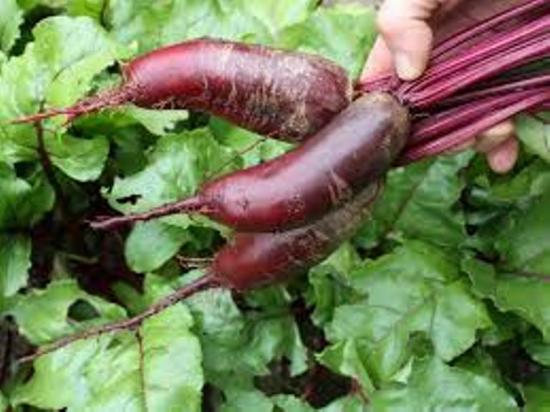
Betaine included vegetables regulates fat metabolism, normalizes liver function and increases blood pressure. In addition, the substance prevents the development of cancer.
Magnesium is useful for hypertensive patients and patients with atherosclerosis. Iodine is indispensable in the fight against thyroid diseases.
The product removes excess water from the body, relieves pain and fights infections. Regular consumption of vegetables helps overcome depression. Beetroot juice cures hangovers.
Folic acid in the root vegetable is useful during pregnancy. It participates in the formation of the fetal nervous system. In addition, the substance helps strengthen hair and nails and rejuvenates the skin.
Sodium maintains water-salt balance. It has a beneficial effect on the activity of nerves, kidneys and muscles.
The chemical composition of the plant promotes healthy hematopoiesis. Use vegetables – excellent prevention of anemia.
Due to its low calorie content, the plant is recognized as a dietary product. Thanks to the laxative and diuretic effect of the vegetable, excess weight on a beetroot diet disappears quickly.
It is surprising that the beneficial properties are the same for both raw and boiled beets. Most microelements are not destroyed by heat treatment.
There are a number of conditions in which vegetable consumption should be limited:
- urolithiasis disease;
- gastritis;
- diabetes;
- osteoporosis;
- chronic diarrhea.
Use in cooking
All parts of the plant are used for food; the tops are used to prepare soups and green salads. Root vegetables are consumed raw, as well as boiled, fried, stewed, and baked. Freshly squeezed beet juice is tasty and healthy.
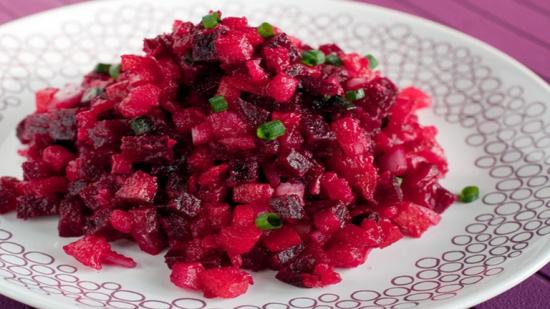
Boiled vegetables have a milder taste. To prepare, root vegetables are placed in cold water and placed over medium heat. Cooking time is 2.5 hours.
To speed up the process, the beets are placed in boiling water. In this case, it will be ready in an hour.
For frying vegetable cut into strips and leave on the fire for 15 minutes, stirring constantly. The root vegetable is cooked in a double boiler for just over half an hour. Unpeeled root vegetables are steamed. This way they retain maximum nutrients.
Beet stewing time – 30 minutes. for old harvest, and 15 min. for fresh.
Root vegetable pigment is used as a natural and harmless dye.
Raw beets, boiled, beet juice - how they are used in folk medicine
Due to its beneficial properties, the plant is a popular component of grandmother's recipes for many diseases.
Beet juice
Fresh juice used as a choleretic agent. It improves metabolism and keeps the face fresh and beautiful. For ear pain and pinching of the facial nerve, the drug is instilled into the ears. Dropping it into the nose helps relieve a runny nose. The juice is used to remove warts and treat cracks after frostbite.
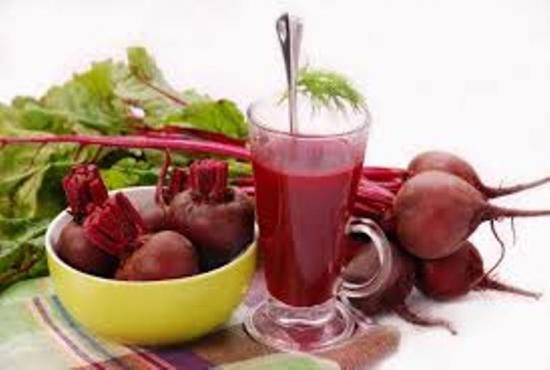
To treat hepatitis, use radish juice and half beet juice. For oncology, the drug is taken half a glass, first infused in the refrigerator, and then heated.
Tops
Boiled leaves are eaten for heartburn. They are also used as compresses to remove freckles. The pulp from the tops is applied to burns, lichens and sore eyes to eliminate infection. Fresh leaves are tied to the forehead for headaches.
Raw beets
A paste of fresh pulp is applied to ulcers and inflamed areas. A piece of fresh beetroot relieves toothache. For diseases of the liver and biliary tract, eat 100 grams. raw grated root vegetables in the morning.
Boiled vegetable
Poultices help against lice. When taken orally, it helps relieve constipation and hypertension. Boiled to syrup beet – an excellent remedy for gallstone disease.
Beetroot is a product with a unique chemical composition. It is available and easy to grow.
Thanks to its excellent taste and beneficial properties, the vegetable has found use in cooking and folk medicine. Regular consumption of beets helps maintain health and beauty.
Let's watch an interesting video and learn all the secrets of growing healthy root vegetables:

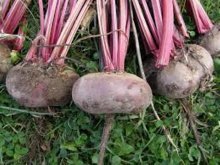
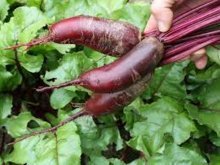
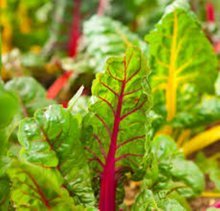
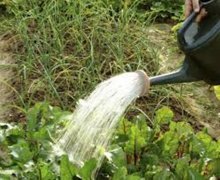
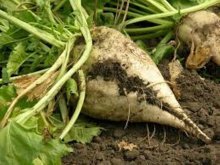
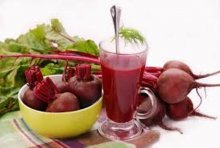
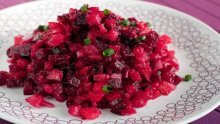
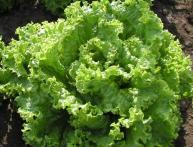
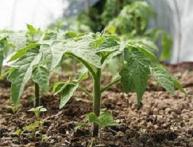
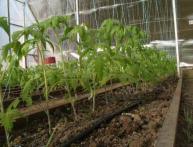

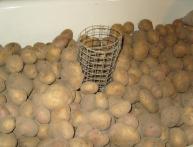



Comments
Beets are a staple in our family. The main thing is not expensive! And this is wonderful) Among the dishes, I would like to mention beetroot soup, beetroot juice, and dried beets. My maternal cousin is on a beetroot diet. Beets are the boss of everything!
Beets are good for their versatility - you can cook borscht with them, use them in salads, and eat them boiled or baked. The main thing is that it is a tasty and easy to grow vegetable.
Be sure to try dried beets. The main thing is not to dry it to the state of “crumbs”, but to dry it so that it is more or less elastic and does not mold. This beetroot looks great in winter)
It seems to me that beets are a fairly commonly used vegetable in our region. The housewives learned to cook him and varied many dishes with his presence. I love boiled beets, so I mainly prepare vinaigrette and salad with walnuts.